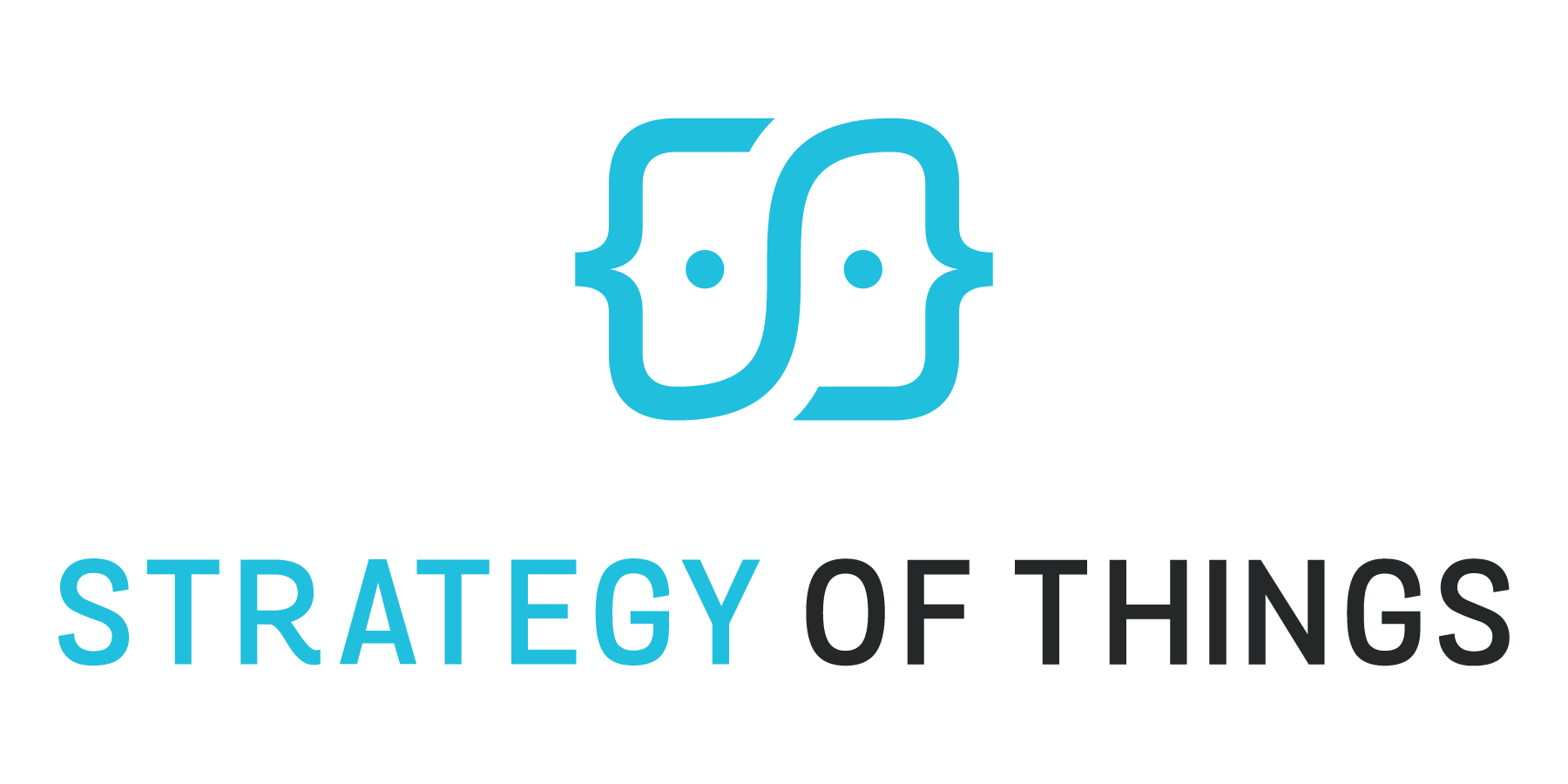The emergence of next generation technologies, such as the Internet of Things (IoT), artificial intelligence (AI), 5G, and data science, are poised to transform today’s cities into advanced smart cities. Electric utility companies, with their critical infrastructure and essential services, are well positioned to co-lead this transformation. While smart cities represent a major business opportunity for utility companies, building the “smart region” is a more significant opportunity.
The smart region addresses challenges individual cities cannot solve
Smart cities employ advanced digital technologies and data science to solve problems and create new outcomes for its residents, businesses and visitors. However, some challenges are too complex and beyond the scope and capability of any one city, county or province to solve. These include traffic and mobility, air quality management, and resilience to natural and manmade hazards. A regional approach, combined with innovative digital technologies and data science, creates large scale impacts not possible before.
Utilities are well poised to enable the smart region
Utilities are ideal smart region builders. They operate in and service large geographic regions that span multiple counties and hundreds of cities. They have deep customer knowledge and established relationships with every city and county in the region. Utility companies have infrastructure, personnel, and facilities throughout the region. More importantly, some of that existing infrastructure, such as distribution poles, streetlights and AMI networks, are ideal platforms to build new smart services on quickly and economically.
While cities think in terms of their own needs, utility companies already bring a more regional focus and execution capability. Their organizations, operational processes, policies and systems support the diverse needs of the smallest cities to the largest metropolitan areas.
Smart region entry points for utilities
As the definition of the smart region evolves, business opportunities for utility companies begin to emerge. One market opportunity are counties and provinces, smaller cities and regions. These markets have unique requirements and needs that different from larger cities and metropolitan areas. Small cities and regions are left behind because they lack the same resources and capabilities that large cities have.
In these markets, one entry point opportunity is for utility companies to leverage their existing assets and infrastructure to provide “smart city as a service” offerings. For example, in many cities, the utility company owns some or all of the streetlights and poles. In these instances, they can offer:
- “Streetlight as a Service”: Install IoT controllers (and dimmers) along with LED streetlights to offer a managed “streetlights as a service”. This offering frees up the municipalities from having to operate and manage their own streetlights. The connected controllers allow the utility company to monitor and manage large numbers of streetlights remotely. They will know when the lights are malfunctioning and dispatch repair teams quickly.
- “IoT as a Service”: Other smart city devices, such as air quality monitors, pedestrian and vehicle counters/trackers, cameras, EV charging and digital signage, installed onto utility poles and lights are offered as a managed service. One example of such a service is to install a network of wildfire sensors (cameras, air quality sensors, weather stations) on select poles in rural areas to enable early detection.
- IoT data: Utility companies install IoT devices on their existing assets, operate those devices and collect the sensor data. This information is of use to municipal agencies and other buyers. For example, the data collected by pedestrian counters installed on poles on busy intersections is extremely useful to urban planners, traffic managers, transportation managers, and even economic development directors.
- Utility pole space rental: Utility companies are already leasing space on poles for telecommunications companies. However, municipalities and other agencies also lease that space for IoT sensors and civic telecommunications equipment (e.g. municipal public wi-fi, public safety, etc.).
In these new roles and offerings, the utility company leverages its regional scale, infrastructure assets and operational capability to fill a marketplace gap and becomes a central point for smart city services.
Key Gaps
Unlocking the new smart region opportunities requires the utility companies to address several gaps. These include:
- Regulatory approval: The utility industry is highly regulated. Utilities must work closely with regulators to define guidelines for planning new offerings. They must seek approval for new business models and offerings. This review process is tedious and may take a long time to complete.
- New technology infrastructure: Smart city applications require a different technology infrastructure than the current technical architecture that support today’s operations. Modernizing the infrastructure to support smart systems and services will require significant investment and new vendor partnerships.
- New processes and policies: “Business as usual” is insufficient to support digitization and smart region services. For example, connected streetlights require that repair and maintenance crews respond to outages in days, not weeks like before. This requires major changes and investments in operational processes, systems, job roles and responsibilities, organizational structure, and culture.
- Digital skills: The new smart region services require a new set of skills, from cloud to data science. Many of these skills do not current exist in-house today. Closing the gap requires a combination of internal development, outsourcing and partnerships.
- Innovation ecosystem: Delivering smart region services requires an entirely new supplier and partner ecosystem than what the utility companies have today. But while the current ecosystem is large, very few of these partners and suppliers have the capabilities or the skills to provide the new generation of services needed by the utility companies.
- Regional partnerships: Utility companies cannot build the smart region alone. Strong collaboration with other regional agencies, such as transportation, air quality districts, and organizations, is necessary.
Plan for the future now
The digital transformation of cities and regions is its early stages. Utility companies will play a critical and strategic role with their regional scale, infrastructure, capabilities and presence. “Business as usual” is not an option. Utility companies need to develop a new vision and strategies. They will lead and thrive in the new era with new skills, business models, operational processes, and partnerships. The smart region journey starts now.
An abbreviated version of this post was originally published in T&D World on April 29, 2019. This article expands on the original version with a deeper discussion of the opportunities and the challenges.
Thanks for reading this post. If you found this post useful, please share it with your network. Please subscribe to our newsletter and be notified of new blog articles we will be posting. You can also follow us on Twitter (@strategythings), LinkedIn or Facebook.
Related posts:
Building smart cities – eight things that matter
Planning sustainable smart cities with the smart city ecosystem framework

